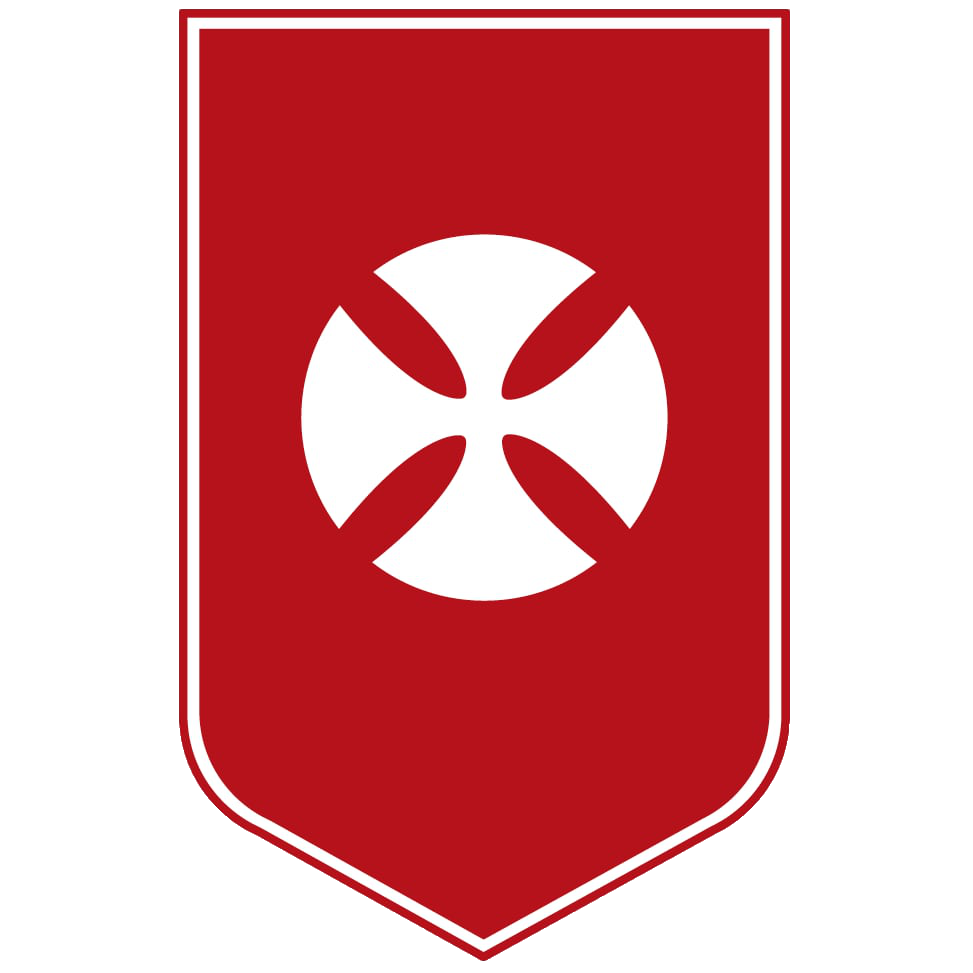To seek wholeness through faith, quest & learning...
... to become what God intends us to be



Our Saint
Our SAINT
St Benet Biscop
Benet Biscop was born of noble parents in Northumbria about 627. As a young man he served in the court of the Northumbrian King, Oswin. Aged 25, he went on a pilgrimage to Rome. On his return journey, he visited the great abbey of Lerins in France, where he stayed and became a Benedictine monk. After some years, he returned to England and became abbot of a monastery in Canterbury.
In 672 he came back to the North of England, where he founded the monastery of St Peter in Monkwearmouth and that of St Paul in Jarrow. From the North of England, he made a number of pilgrimages to Rome, bringing back books for the monastic libraries. Saint Benet Biscop also introduced stained glass windows into this country, inspired by his pilgrimages. He died on 12th January 689, surrounded by his monks.
Benedict's role in establishing the Roman Catholic Church in Northern England can't be underestimated. By importing continental ideas into, and creating a considerable library and art collection for his monastery, he transformed it into a focus for brilliant scholarship which enthused the region with new thought. Indeed, one of Benedict's earliest intakes, Bede, grew in these rich surroundings to become the period's greatest scholars, sending new ideas from England back to Europe.
Just as Saint Benet Biscop did when he travelled to Rome, we are all journeying towards a renewed faith, while growing more into the person God created us to be. Saint Benet Biscop is an example of trusting in our beliefs and journeying for something important. He used his education as a means of discovering his faith, and his journeys throughout Europe allowed him to do this.
Saint Benet Biscop used his talents of teaching to help the development of others, which we hope will inspire our students to use their own gifts and talents to build the world into a better place.
Saint Benet Biscop was called to travel and to see in art, music and books, ways in which to bring beauty into his churches and to give glory to God. He is the patron saint of our school because, just like him, our students are called to always work to the best of their ability, not to be satisfied with second best, and to see in all that they do, ways to give glory and praise to God.


